

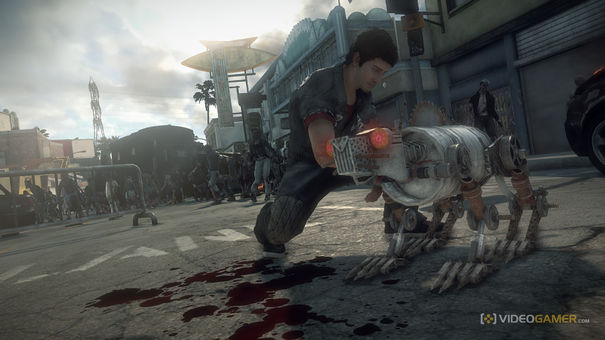

Of all the appeals of the next-generation – bigger worlds, denser environments, the merging of traditional genre distinctions, cameras that track your every move – the potential for true 1080p/60FPS gaming is near the top of the deck for a lot of gamers. Dead Rising 3 is nowhere near hitting this goal, and yet is all the better for it.
Why? Because sacrificing some sheen for the amount of zombies on screen (which totals more than than all the numbers in existence, including ones we made up) gives Dead Rising 3 an appeal it just wouldn't have had otherwise. There's a moment in the early game where you see the city open up below you for the first time. It's a highway, your first taste of true open space, and it is absolutely heaving with zombies: a mass of rippling death blotting out everything it covers.
It's an intimidating introduction to the game's true technological ace. The sheer amount of walking dead informs a large part of Dead Rising's mechanics, and as such player interaction with them. It's also the reason why, in my opinion, setting the game to Nightmare mode is a better choice than playing it through on Story mode (we'll call it 'normal' from now on).
For the uninitiated, the Nightmare option is a return to certain traditional Dead Rising systems. You can only save in specific places (no autosave) for one: a contentious move that turned many off of the preceding games – despite, deep down, it being the point of them. More importantly, it makes zombies a lot tougher and drastically reduces the time you've got to complete your main and side missions. Suddenly, getting out of the city becomes imperative, rather than staying in and finding everything you can.
This last point is crucial. On normal, there's little drama to proceedings, despite the threat of the quarantined Los Perdidos being annihilated by military force, insane spec ops commanders and other general nastiness. You've got plenty of time to complete your missions, and most of them are fetch-quests that don't do much to inspire. The fun, (and there's plenty of it) in this mode, comes from leisurely cutting around, toying with the zs and trying to put together the most outlandish custom weapon you can create.
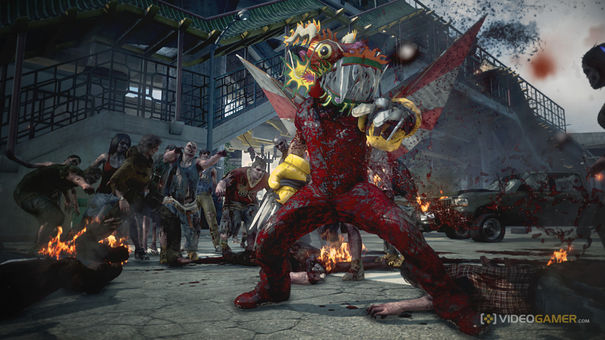
For me, however, the increased time pressure and mortality present in Nightmare mode edges things. It does so because it makes you think about everything you do. The game has a fairly deep customisation system, dictated by 'PP' earned from killing zombies. You'll have to wade into the fray to earn the points in the first place, and then spend wisely once you've got them.
It also gives the city a far more foreboding feeling, one that sits more in line with the muted colour palette and straighter narrative the game sports. You have to play risk-reward with your time and resources, and that means deciding who of the survivors lives and dies.
Dead Rising has always had a very dark vibe bubbling under its zany exterior. There's a certain scene in this instalment – where a man's wife is executed in front of him for no reason by a cartoon baddy – that exemplifies this dynamic perfectly. Nightmare mode ties into it nicely, as it does with almost everything else.
This is not to say normal mode is bad: some players will love its laid-back pace and focus on hunting out ridiculous killing contraptions, as I did. There's much to recommend in both of the options available to players, and it's a credit to Capcom Vancouver that the choice is there.
But Dead Rising 3's real power is found in its dense game world and crowds of slowly oncoming dead, and of the two modes Nightmare is a truer representation of how well-implemented the tech is. The framerate isn't always 30, but is never detrimental and it rarely loads. Considering what's on screen, and that the first time I saw it, behind closed doors at E3, it was incomprehensibly poor, it's a job done very well.
It's not 1080p/60FPS, but it is one of the most enjoyable games I've played in some time.




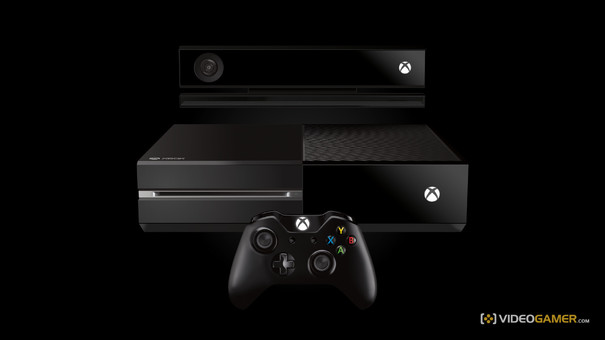 Next
Next Minecraft Mod Examination: Natura
Minecraft Mod Examination: Natura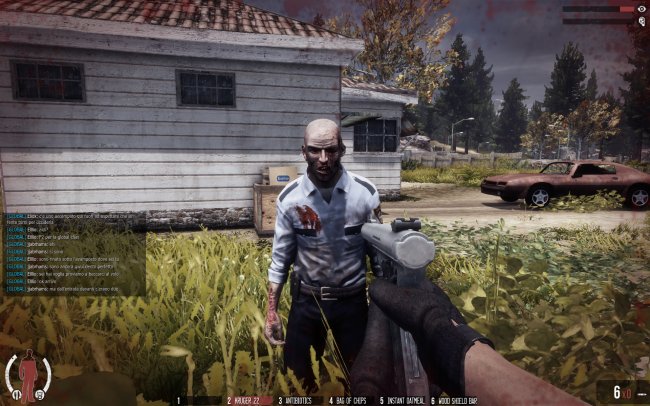 Frontline: The War Z
Frontline: The War Z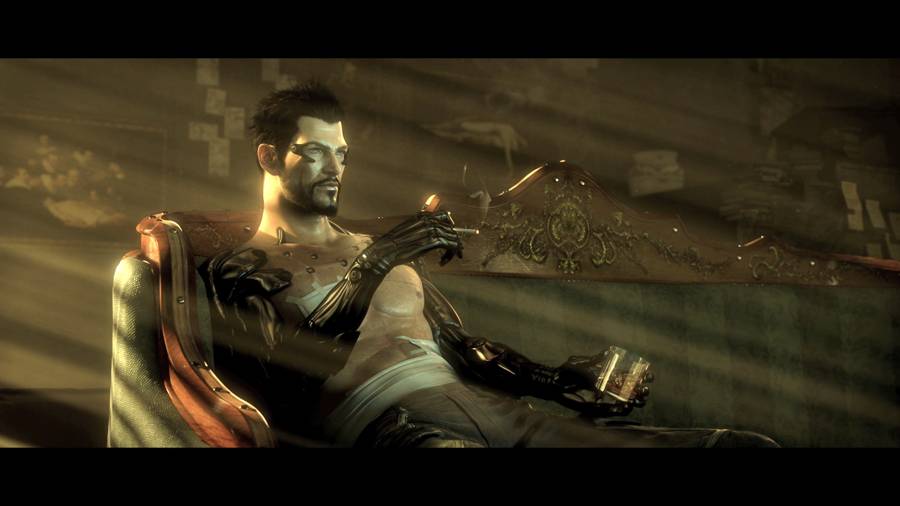 Deus Ex The Human Revolution Detroit Side Quest Guide
Deus Ex The Human Revolution Detroit Side Quest Guide Metal Gear Solid 5: The Phantom Pain – Side Ops 153 Target Practice (Support Unit Platform)
Metal Gear Solid 5: The Phantom Pain – Side Ops 153 Target Practice (Support Unit Platform)